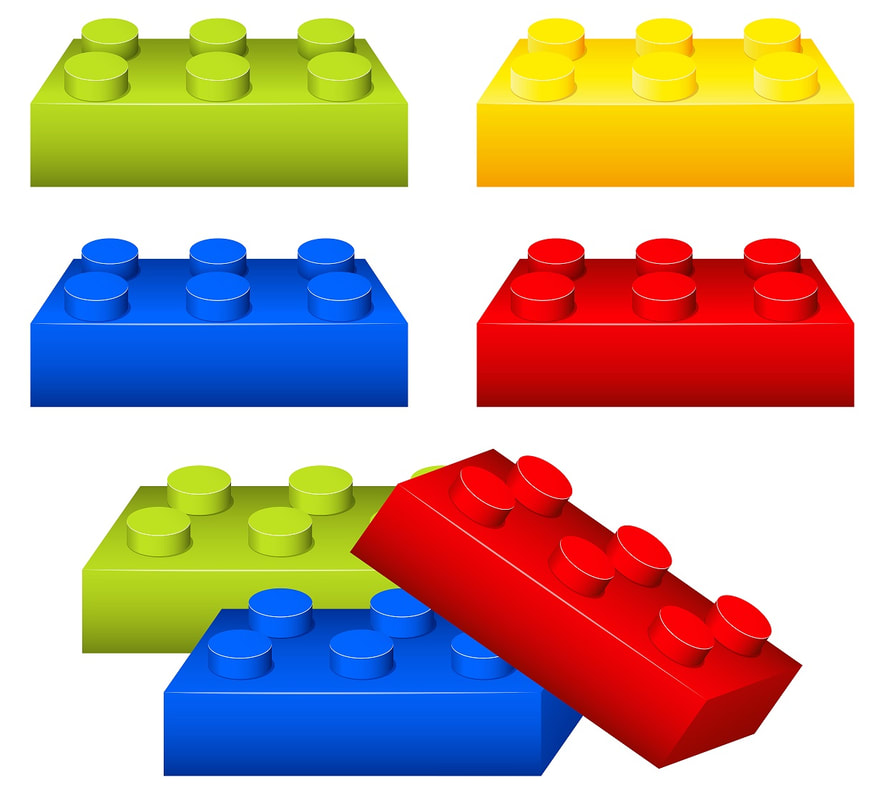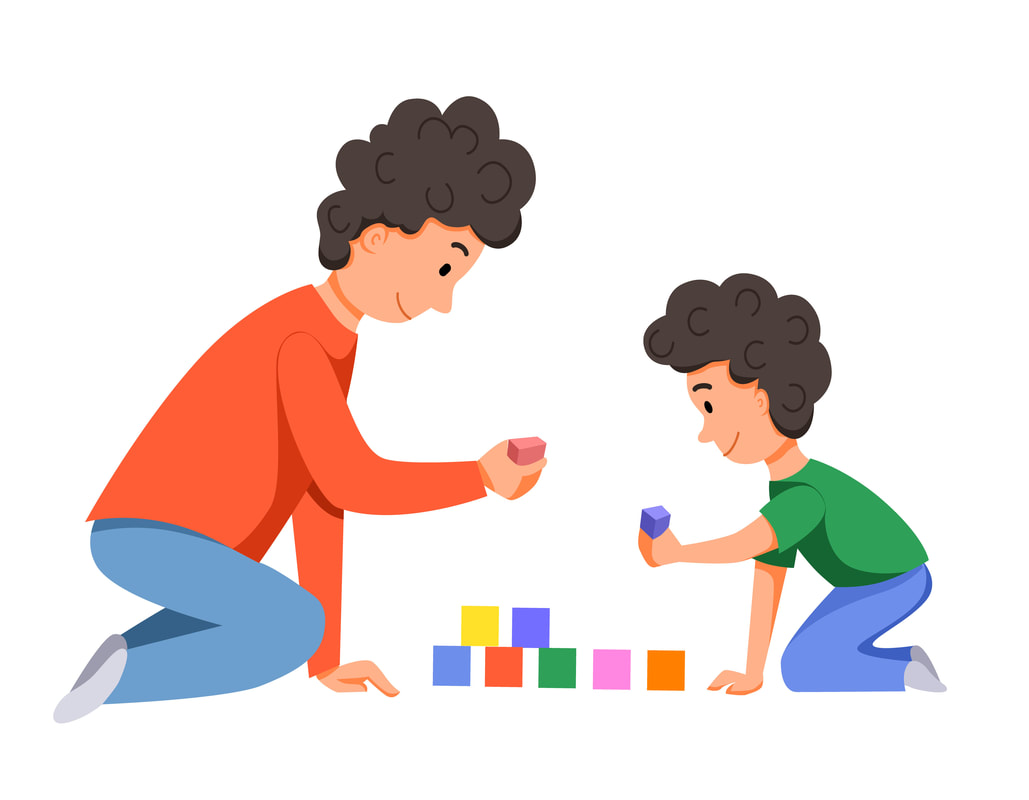Exploring Self-Regulation Activities With LEGOSorting activities are a simple and effective way for individuals with special needs to manage their emotions, relieve stress, and calm down. It is one of the many activities for self-regulation. These activities can help children and adults alike to self-regulate, as they require focus and concentration, which helps the person to better understand and take control of their emotions.
Sorting activities can be as simple as sorting colored objects by color or as complex as sorting shapes into specific categories. Some objects to use for sorting activities include items like colored blocks, shapes, buttons, coins, and even pasta. Additionally, some activities may include sorting objects by size, texture, or pattern. Sorting activities can also include matching, sorting shapes by shape, or sorting items by type. If you have a box of LEGO bricks at home, besides using it to build models, you can also use the different parts and elements as a sorting activity. Ask you child to sort by color, by shapes or by function. For example, find anything red and place them in a container. Another way is to find all the different types of slope pieces and put them together. Benefits of Sorting Activities The benefits of sorting activities are numerous. They can help to improve fine motor skills and hand-eye coordination. They can also improve problem-solving skills and help teach children and adults with special needs to identify patterns and categorize items. Additionally, sorting activities can help to improve concentration, focus, and attention span. Sorting activities also provide a calming, soothing, and calming effect. They can help a person to relax and slow down, and help to reduce anxiety and stress. They can also provide an opportunity for individuals who may otherwise struggle with communication to interact with others. Overall, sorting activities are an important part of any individual's emotional and physical wellbeing. By providing a way to focus and concentrate, as well as a calming effect, sorting activities can be invaluable tools for special needs individuals to self-regulate and help them to cope with challenging emotions. Can Children With Down Syndrome Benefit From Lego Therapy?Lego therapy is not restricted to children with autism. It can be used as a therapy or a fun activity to help any children with social communication and interaction difficulties. This type of therapy can be beneficial for children with Down Syndrome, as they often experience challenges in social interaction and communication.
The therapy typically involves children working in small groups, where they are given a set of LEGO bricks to build a model together. Each child has a specific role within the group, such as the builder, the supplier, or the engineer. The children must communicate and collaborate with one another to complete the model successfully. Through this process, children with Down Syndrome can develop essential social skills, including turn-taking, listening, and following instructions. They also learn how to work as part of a team and how to solve problems collaboratively. Lego therapy can be a fun and engaging way for children with Down Syndrome to develop these skills, while also providing a sense of accomplishment and satisfaction as they complete each model. In summary, Lego therapy can be an effective intervention for children with Down Syndrome, helping them develop social communication and interaction skills in a fun and engaging way. |
AuthorThe Build2Talk Team ArchivesCategories |



 RSS Feed
RSS Feed
